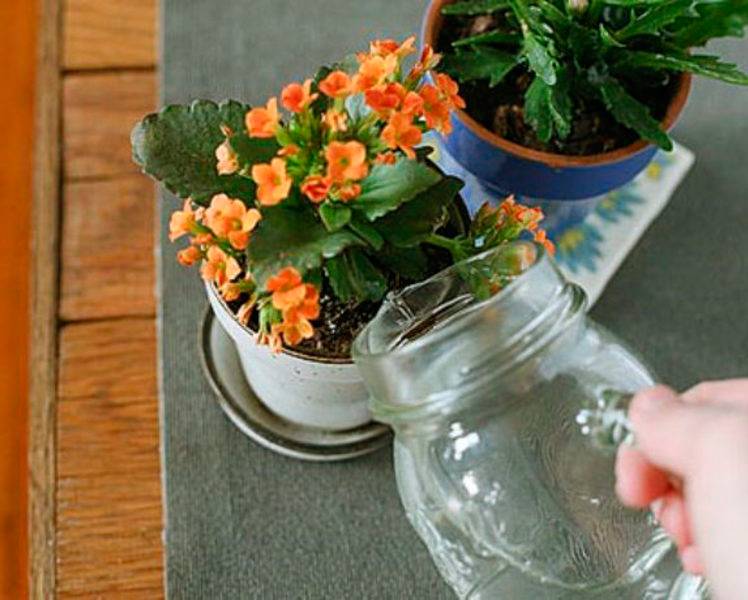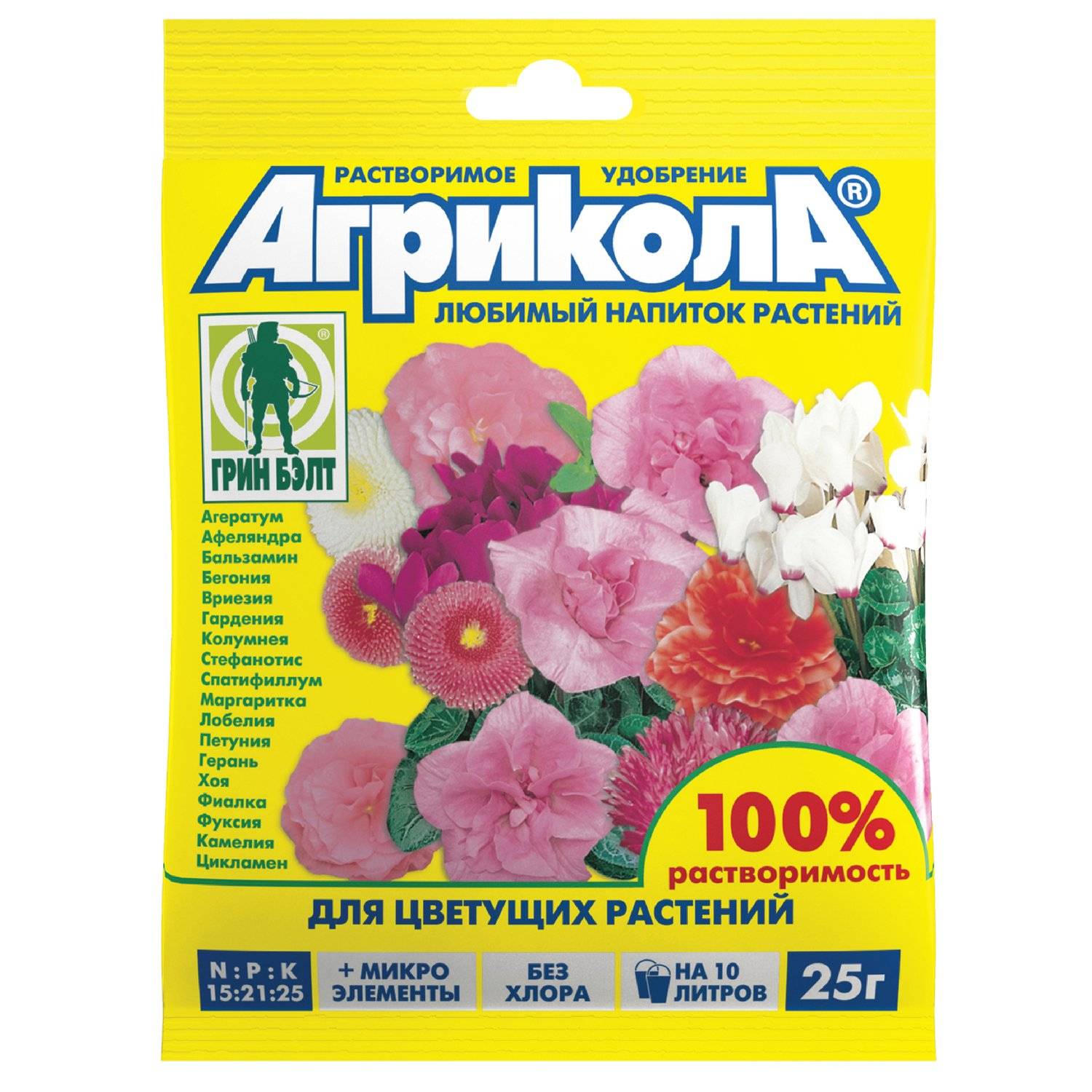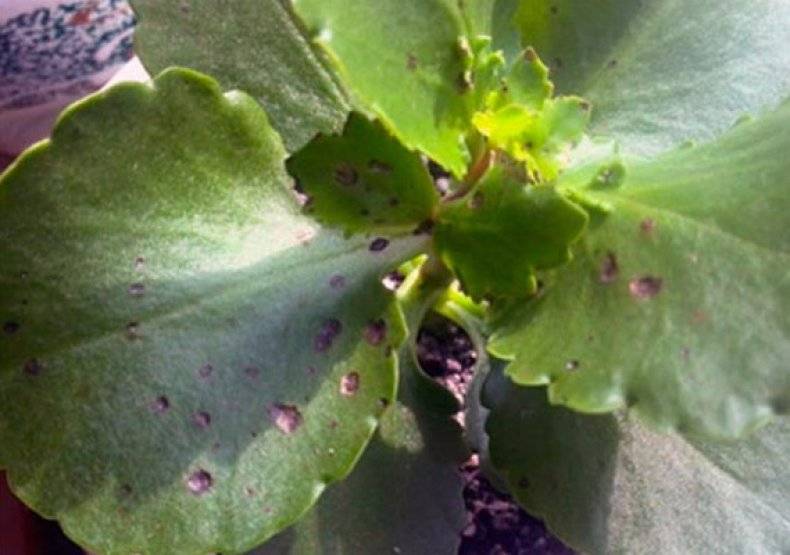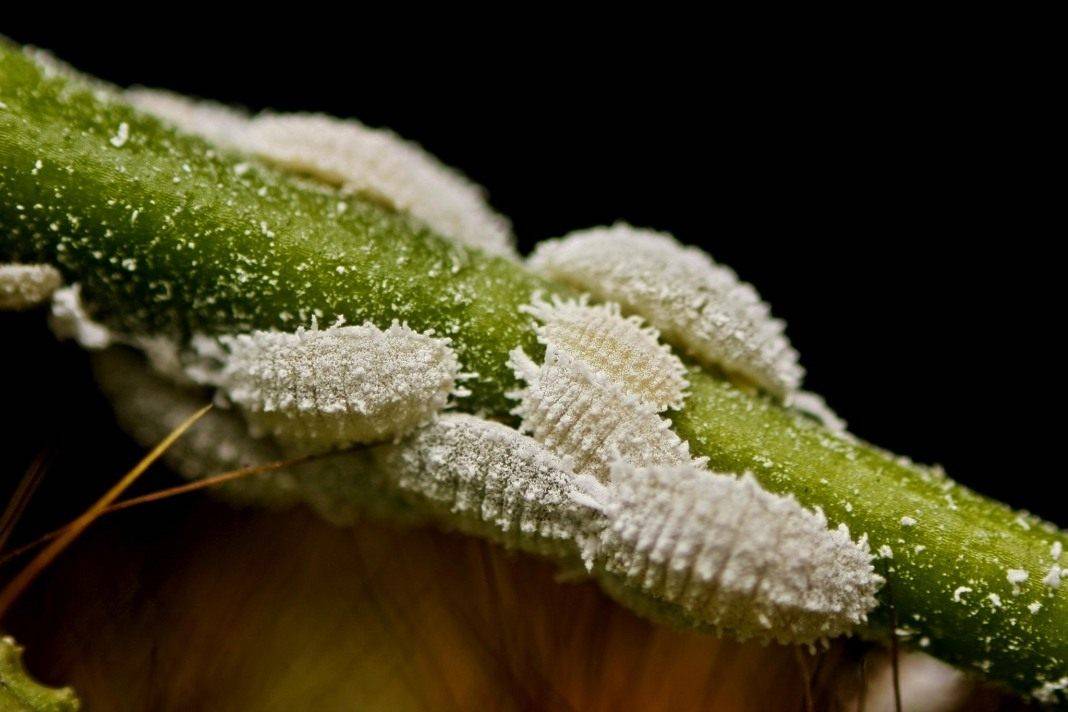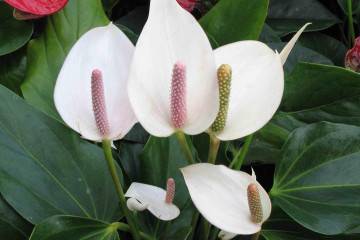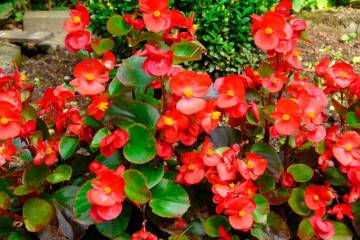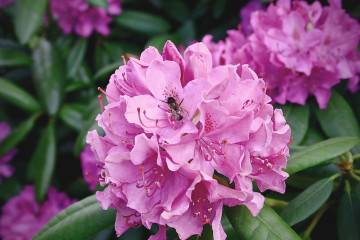Kalanchoe blooming: home care and reasons why it does not bloom
Content:
Kalanchoe is one of the brightest representatives of the genus bastard, which unites about 200 different species. Its natural habitat is the tropics of Australia, America and Asia. If you find the right approach to this culture, you can admire its excellent flowering even in winter. She throws out blooming umbrellas in white, orange, red and purple colors. However, it often happens that after the purchase, the plant does not bloom at home for years, so further we will talk about how to care for the flowering Kalanchoe at home.
Kalanchoe flowering period
Kalanchoe often blooms at the end of winter, and this period lasts about 30 days.
How often it blooms
There are such skilled gardeners who can make the plant bloom not only in another period, but also adjust this process even for the required date. To do this, as soon as the Kalanchoe fades, it must be cut off, leaving a stump. Then the plant is removed to a dark place with a temperature of about 15 ° C. After 1.5 months, the Kalanchoe is returned to the windowsill. Over the summer, he will increase the green mass and get stronger. In order for the plant to bush well, you need to pinch the leaves for it. This process lasts until November.
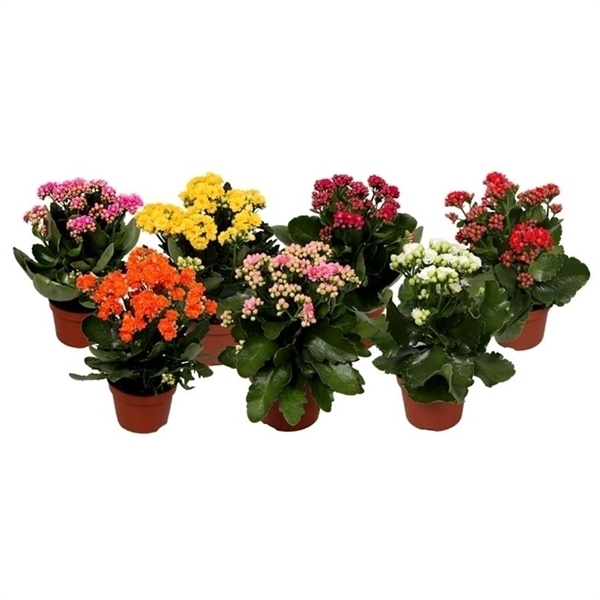
Kalanchoe requires special conditions, otherwise the flower will not be as attractive as in the store
Then the plant is provided with good lighting for 8 hours and the temperature is maintained at about 18 ° C. In such conditions, the Kalanchoe will certainly throw out the buds and will delight the owner with its flowering throughout the winter.
Kalanchoe: home care, flowering
Although the Kalanchoe is quite picky in care and belongs to hardy crops, it is nevertheless necessary to follow some agrotechnical rules and go to certain tricks. This is the only way to achieve lush flowering and lush greenery on your windowsill.
Temperature
Kalanchoe is very hardy, but still at low temperatures (less than 10 ° C), it can die. Therefore, in winter it is better to keep it in a room where the temperature is kept in the range of 14-18 ° C. In such conditions, the plant forms healthy buds, and it rapidly stretches upward. In summer, temperatures between 18 ° C and 28 ° C are permissible.
Watering
In summer, Kalanchoe is watered as soon as the topsoil dries out. Care must be taken to ensure that the soil does not dry out, otherwise the plant will shed its leaves. There is a pause in the winter. When the top layer of the soil dries out, you need to wait 4 days, and then water it. It is best to pour water into a tray.
Humidity
For the cultivation of Kalanchoe, the usual climate is suitable, which is typical for residential apartments. Its fleshy leaves are often covered with white villi and therefore do not need additional irrigation. However, on hot summer days, the plant can be sprayed with a spray bottle, although this is not necessary.
The soil
For Kalanchoe, soil is well suited, which is designed for succulents. However, you can cook it yourself. For this, sand and peat are taken in equal proportions, and leaf and sod land is added to them twice as much.
Fertilizer Kalanchoe
You need to fertilize the plant by the root method.Flowering specimens are fed with a complex of trace elements that contain nitrogen, phosphorus and potassium. You need to fertilize the plant in the summer, about 2 times a month.
Several fertilizing agents are popular among flower growers:
- "Good Power" is a complex of essential vitamins and nutrients that will help increase the plant's endurance and strengthen its immunity. This fertilizer is specially formulated for cacti and a variety of succulents;
- Bona Forte is a preparation that stimulates plant growth, strengthens the immune system and promotes the appearance of buds. The peculiarity of this tool is that it does not lose its useful abilities even after the expiration date;
- Agricola is a top dressing produced in a chelated form, therefore it is maximally absorbed by plants. Its main advantage is its low consumption. One package contains 45 liters of fertilizer.
Post-flowering care
In order for the Kalanchoe to please with its appearance not only during flowering, but also on other days, it needs to be provided with proper care.
- Breeding is done in May. To do this, you can cut off several cuttings and plant in different pots, and cover with a transparent jar on top. Over time, they will quickly get stronger and throw out lush foliage. After that, flowers can be expected to appear in November. Re-flowering is possible in April. Then the procedure is repeated again.
- If the grafting method is not suitable, then the old plant can also be rejuvenated. To do this, it is necessary to cut off all the flower stalks that have faded, and when the processes begin to grow, then they need to be pinched. Then the process is cut off after the appearance of 3 pairs. Thanks to this procedure, the plant will become lush and branched. With the onset of October, pinching is no longer carried out.
- At the end of winter or at the beginning of spring, the Kalanchoe is given a rest. To do this, you need to reduce watering and the duration of daylight hours. To reduce the day, a dark bottle can be put on the plant after 8 hours, and when morning comes, it must be removed again. This procedure will stimulate flowering well.
Pests and diseases
Many people often ask themselves why the Kalanchoe does not bloom. There are several different reasons for this. If you do not follow the rules of care, then the plant weakens and can be attacked by pests, as well as get sick. The most common diseases include:
- gray rot. Such a disease is difficult not to notice, because the leaves become sticky, soft and covered with a gray coating. In this case, in addition to the use of fungicides, it is also necessary to transplant the Kalanchoe into another soil, and also to provide it with proper watering and ventilation of the soil;
- late blight. If the plant is constantly over-watered and poor soil ventilation occurs, then this disease has a better chance of developing. A signal about the appearance of late blight will be a brown bloom or brown spots on the leaves. In this case, the faster it turns out to treat the culture with fungicides, the more chances there will be of saving this flower;
- stem rot. The usual hypothermia of the plant leads to this disease. If in winter the temperature in the room drops below 14 ° C, then the plant will simply freeze. Rot is indicated by a blackened stem and sluggish leaves, which can also become smaller;
- powdery mildew. Very dry air in the apartment and insufficient watering contribute to the appearance of this disease. The leaves are covered with a white fungal bloom, which can also be eliminated only with the help of fungicides. The peculiarity of powdery mildew is its ability to quickly spread to neighboring plants, therefore, a diseased culture must be urgently treated and must be isolated from other green neighbors;
- annular leaf spot. Its appearance is indicated by a blackened stem and round spots on the leaves. This is a very dangerous disease, if it hit the culture, then it can no longer be saved.
The most common parasites that do not mind eating Kalanchoe include:
- aphid. It is a green or black small insect. The parasite loves to live on both leaves and stems. This pest is a very big threat to plants. The situation with the parasite is complicated by the fact that it not only sucks the juice from the leaves, but also secretes poison. The affected areas are covered with a sticky substance and the plant cannot breathe. From the very beginning, the presence of insects is difficult to detect, because they hide behind the inside of the leaves. It will be possible to understand that the Kalanchoe suffers only when the plant begins to deform and acquire a tortured appearance. It is better to cut off and burn the affected foliage together with insects. This is due to the fact that aphids are quickly transferred to other crops. Then, for a month, every week the plant must be sprayed with soapy water and treated with insecticides;
- shield. This beetle prefers to hide in the leaves, so it can not be detected immediately, but when it has time to harm, and the foliage begins to fall off. Insecticides will help in the fight;
- mealybug. In addition to the fact that this pest sucks the juice from the leaves of the indoor Kalanchoe, it also spreads the disease - black mold. The worm resembles small pieces of cotton wool, so it's hard to miss. For preventive purposes, in order to prevent its appearance, the leaves must be wiped with soapy water, and mineral oil is suitable to destroy this pest. Adults are best removed with a paper towel. The larvae can also hide in the ground. They love nitrogen-rich soil. Therefore, if a worm has wound up in the flowers, then you need to get rid of the old soil;
- mite. When this pest infects a plant, the tissue of the flower coarsens, bends and seems to be covered with a brown crust. The parasite must be washed off with soapy water, and the flower itself must be treated with insecticides.
And most importantly, so that you do not have to conduct intensive pest and disease control, you need to adhere to the following rules:
- you cannot keep a flower in a draft;
- avoid sudden changes in temperature;
- do not keep the Kalanchoe in a room where the air is too humid or too dry.
In addition to the fact that the blooming Kalanchoe will serve as a magnificent decorative decoration for any home corner, it also has medicinal properties. With its help, you can remove the inflammatory process, and this flower is also used for infectious diseases, for healing wounds and for liver diseases. There is no doubt that he will reciprocate love and care.
